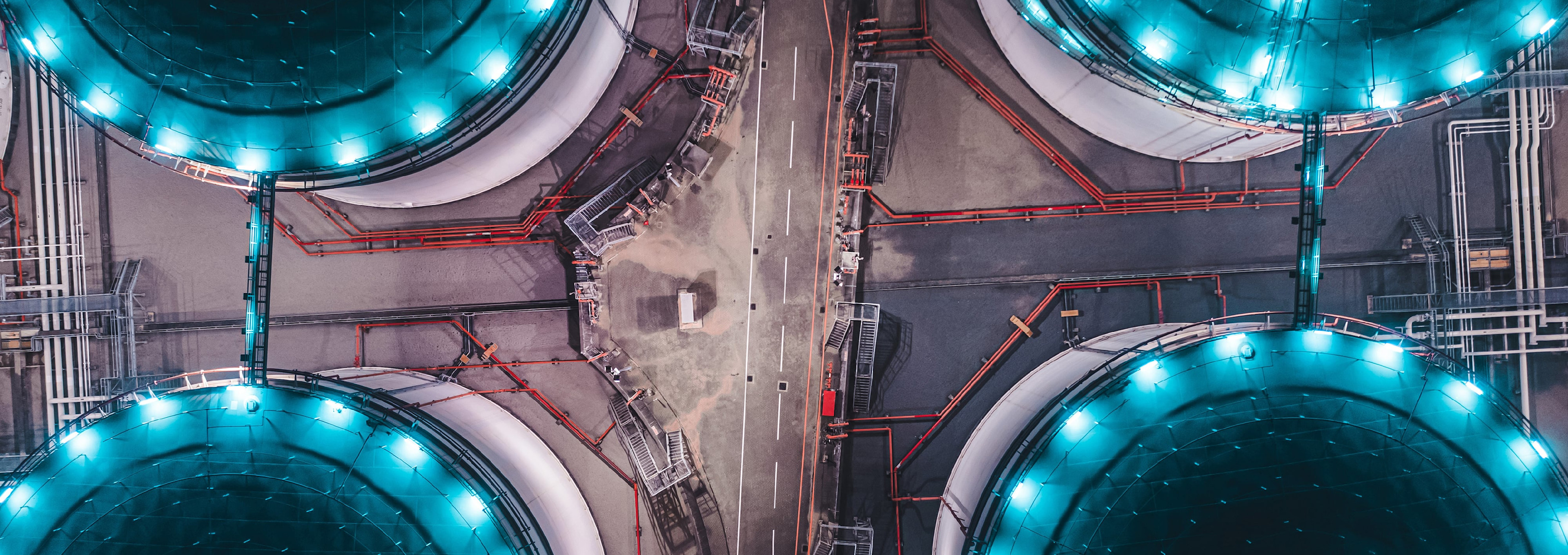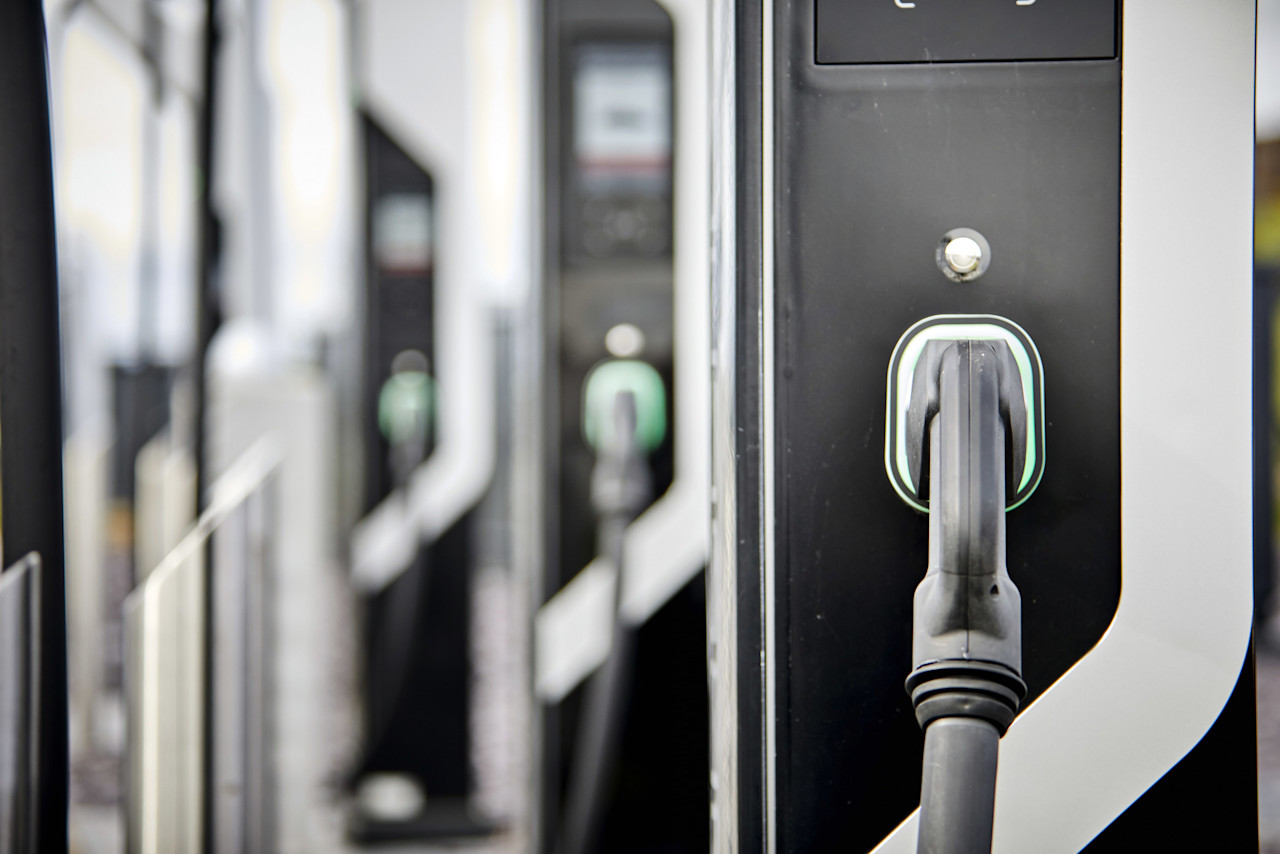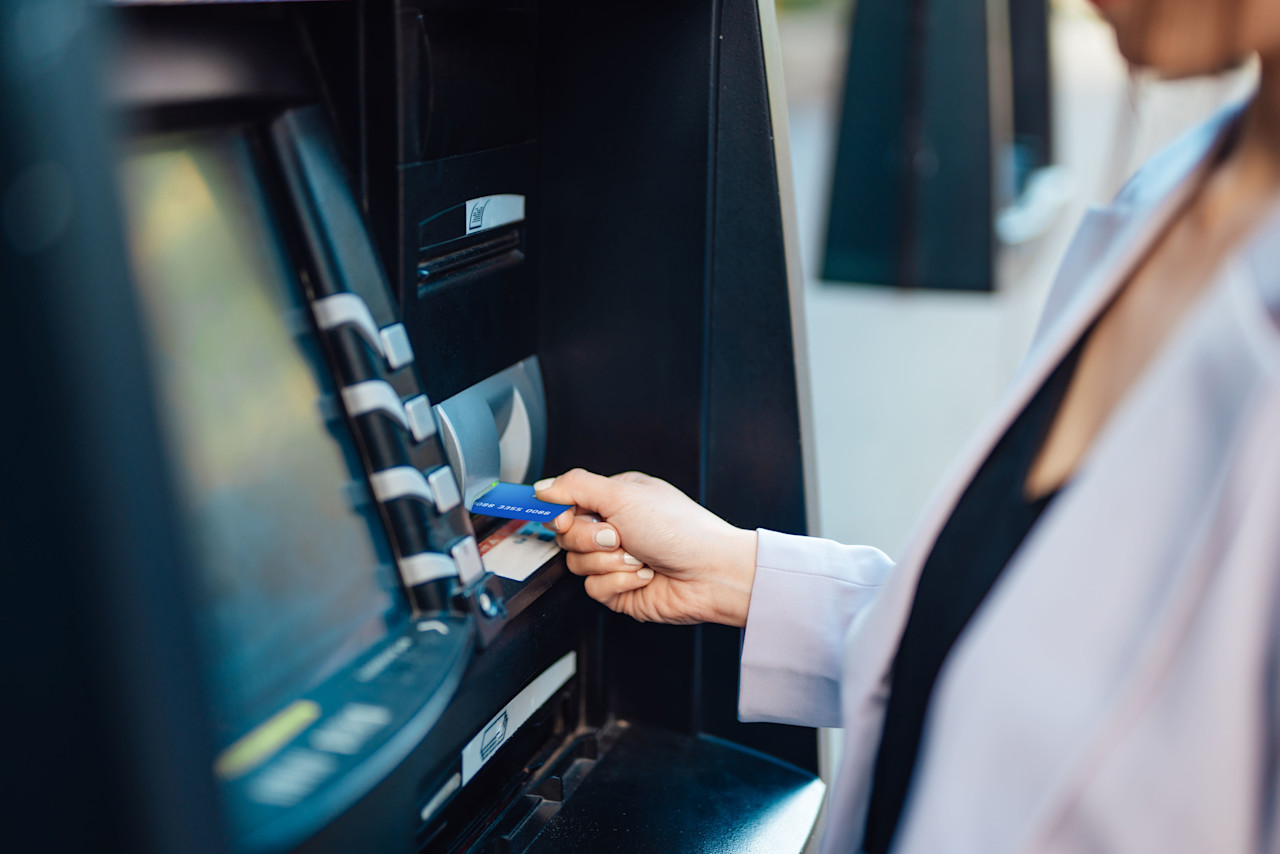

The energy transition comes with a price tag
Decarbonization to achieve net-zero emissions by 2050 will have an inflationary impact. Its effects can be assessed using three scenarios, says portfolio manager Bob Stoutjesdijk and strategists Rikkert Scholten and Martin van Vliet.
Summary
- The road to net zero will generate climateflation, fossilflation and greenflation
- Three scenarios assess the effect of existing policies, carbon taxes and regulation
- The smoother the transition, the smaller the likely upward pressure on inflation
The energy transition away from fossil fuels and towards renewables will come at a cost. There is now increased attention – including from central banks – for the impact it will have on consumer price inflation, either from climate change itself, or from policies enacted to facilitate the transition.
This inflationary impact can be assessed using three scenarios that focus on the EU. The first is the ‘status quo’ scenario, based on prevailing policy settings by the EU. The second is the ‘carbon taxation’ scenario, where EU governments step up their net-zero efforts with greater use of carbon taxes. The third is the ‘regulatory rush’ scenario in which the shift towards renewables is increasingly driven by regulation.
This gives rise to three channels through which the inflationary impact of the energy transition can be gauged:
Climateflation – price rises from climate change itself, such as the increased number of natural disasters, or extremely high temperatures resulting in crop failures
Fossilflation – the higher cost of fossil energy sources, partly emanating from the fight against climate change itself
Greenflation – increased demand for and investment in renewable energy sources, including price increases of critical inputs for green technologies.
Over the past few years, as a net energy importer the Eurozone has experienced how the energy transition can contribute to fossilflation. In Germany, a reduced reliance on fossil and nuclear energy sources amid recovering energy demand arguably contributed to the sharp rise in wholesale gas and electricity prices in the second half of 2021 – even before the Ukraine war started.
So, how will this play out in the coming years? The ‘status quo’ scenario assumes a continuation of existing or stated EU policies aimed at reducing greenhouse gas emissions by 55% in 2030 compared to 1990 levels. These policies mainly target power generation, industrial activities and aviation. Of the three scenarios, this one is seen making the least progress towards reaching net zero by 2050.
The ‘carbon taxation’ scenario assumes the further implementation of carbon taxes as the main policy tool for reducing emissions. These would be aimed at a broader range of sectors, including power generation, industrial activities, aviation, road transport and building. While the EU sees this as a separate policy pathway, the International Energy Agency (IEA) has carbon taxes as part of its ‘Net Zero by 2050’ policy scenario.
Here we assume an expected carbon tax of USD 100 per ton of CO2, which is in line with most studies, but exceeds the EUR 60 which is used in EU calculations. We presume that carbon tax revenues would be recycled back into the economy, 50% of which would be done through public investment in mainly renewable energy, and 50% going to support vulnerable households, lower taxes on income or wages, or repaying public debt.
In the ‘regulatory rush’ scenario, regulation rather than pricing is used as the main policy lever. Policy is aimed at a forced scaling down of specific carbon-intensive activities or the adoption of low-carbon energy or policies. It is the one that is expected to result in the most progress towards reaching net zero, but is also the most disruptive.
Effects of each scenario
The table below outlines the inflationary impact within the EU of each scenario on a scale of 0 to 5.

We regard the ‘status quo’ scenario as the least effective of the three in moderating the effects of climate change, as strongly evidenced by the impact studies conducted by the EU and IEA. As a result, we expect the largest impact from climateflation to materialize in this scenario, with the demand for fossil energy remaining at a relatively high level.
Since capex in the fossil fuel sector is already constrained, and the supply of renewable energy is gradually growing, we foresee sizeable fossilflation in this scenario, with a more gradual pace of investment in renewables keeping greenflation limited.
The expected impact under the ‘carbon taxation’ scenario depends strongly on the way this policy is implemented. We assume that a substantial part of the revenues generated by carbon taxes will be used to subsidize investments in renewables, and the rest will be transferred back to households, for instance via lower income tax.
The net negative impact on household disposable incomes, in combination with the quicker availability of sufficient renewable energy, should lead to somewhat more modest fossilflation, as fossil fuel suppliers scale back investment. Greenflation is expected to be higher, though, as the increase in dedicated finance should accelerate investment in renewable energy sources, pushing up prices of critical inputs for green technologies more rapidly.
Estimated market size for selected clean energy technologies by technology and region, 2020-2050

Green technologies will lead decarbonization efforts, though components are themselves a source of inflation. Source: IEA
Regulatory rush is most impactful
The ‘regulatory rush’ scenario is the most ambitious, but also the most disruptive. It would probably result in the lowest inflation related to climate change itself, climateflation, although this would also depend on actions taken outside the EU. But the transitional inflationary impact from fossilflation and greenflation is likely to be substantial.
In terms of fossilflation, we would expect a forced reduction in demand to have substantial negative consequences for capex in this sector, which could increase the scarcity of supply during the transition phase. Ultimately this would be matched with more capex and energy supply from renewable sources, but there will potentially be a substantial mismatch between energy demand and supply in the transition phase.
Finally we should note that as for the three identified sources of inflation, climateflation and fossilflation mainly affect energy and food price inflation, while greenflation also has implications for goods price inflation. However, the overall effect on inflation will also include the spillovers into other CPI categories, such as travel and restaurants.
Public support is crucial
In summary, although the energy transition has crucial long-term benefits, these will come at a cost. This underlines that public and political support for transition policies is not always a given and requires strategic policymaking. Our analysis shows that the way in which governments shape this process can have an important influence on the inflationary implications and hence the public support and fossil-fuel backsliding risks during the transition.
In all three scenarios central banks will be keen to ensure that medium- to longer-term inflation expectations remain anchored to their inflation target. Investors would be well-advised to brace themselves for a more volatile inflation – and interest rate – backdrop.
This article is an excerpt of a special topic in our five-year outlook.

Read the full Expected Returns 2023-2027 here
Important information
The contents of this document have not been reviewed by the Securities and Futures Commission ("SFC") in Hong Kong. If you are in any doubt about any of the contents of this document, you should obtain independent professional advice. This document has been distributed by Robeco Hong Kong Limited (‘Robeco’). Robeco is regulated by the SFC in Hong Kong. This document has been prepared on a confidential basis solely for the recipient and is for information purposes only. Any reproduction or distribution of this documentation, in whole or in part, or the disclosure of its contents, without the prior written consent of Robeco, is prohibited. By accepting this documentation, the recipient agrees to the foregoing This document is intended to provide the reader with information on Robeco’s specific capabilities, but does not constitute a recommendation to buy or sell certain securities or investment products. Investment decisions should only be based on the relevant prospectus and on thorough financial, fiscal and legal advice. Please refer to the relevant offering documents for details including the risk factors before making any investment decisions. The contents of this document are based upon sources of information believed to be reliable. This document is not intended for distribution to or use by any person or entity in any jurisdiction or country where such distribution or use would be contrary to local law or regulation. Investment Involves risks. Historical returns are provided for illustrative purposes only and do not necessarily reflect Robeco’s expectations for the future. The value of your investments may fluctuate. Past performance is no indication of current or future performance.






















